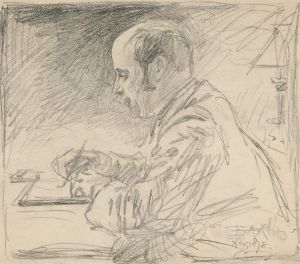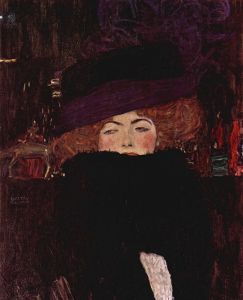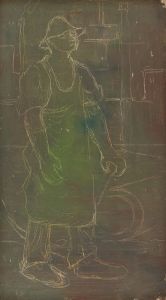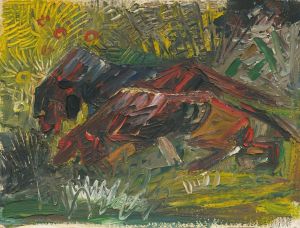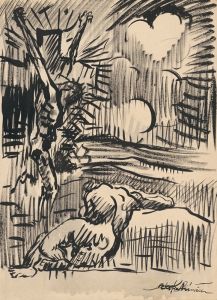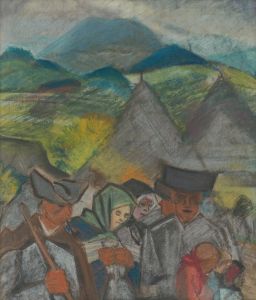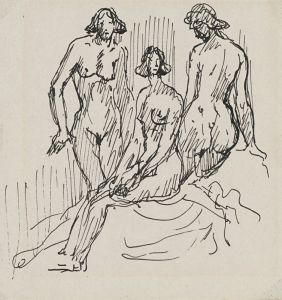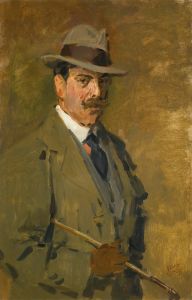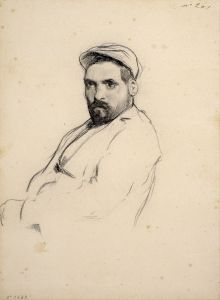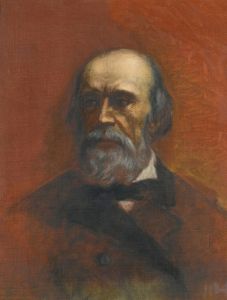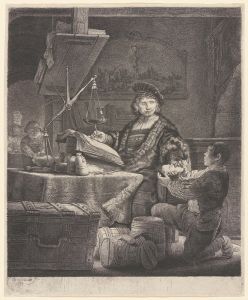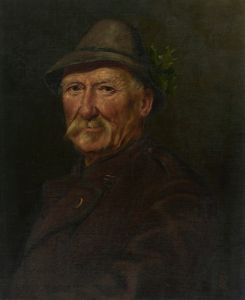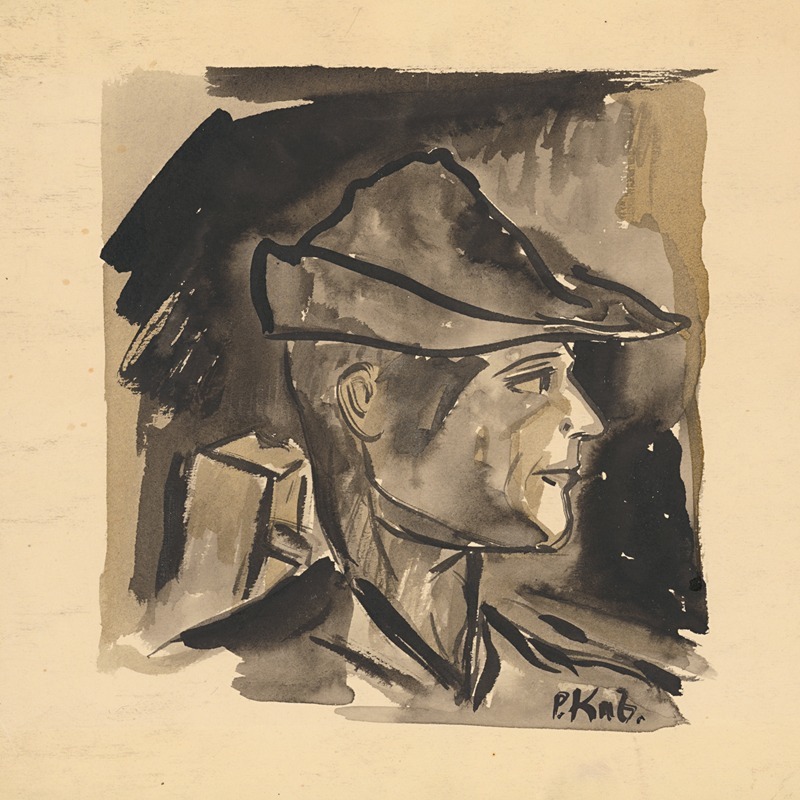
Man in a hat
A hand-painted replica of Arnold Peter Weisz-Kubínčan’s masterpiece Man in a hat, meticulously crafted by professional artists to capture the true essence of the original. Each piece is created with museum-quality canvas and rare mineral pigments, carefully painted by experienced artists with delicate brushstrokes and rich, layered colors to perfectly recreate the texture of the original artwork. Unlike machine-printed reproductions, this hand-painted version brings the painting to life, infused with the artist’s emotions and skill in every stroke. Whether for personal collection or home decoration, it instantly elevates the artistic atmosphere of any space.
Arnold Peter Weisz-Kubínčan was a Slovak modernist painter of Jewish descent, known for his unique artistic style and contributions to early 20th-century European art. One of his notable works is Man in a Hat, a painting that reflects his distinctive approach to portraiture and modernist aesthetics.
Weisz-Kubínčan was born in 1898 in Dolný Kubín, a town in what is now Slovakia, and he studied art in Budapest and Vienna. His work often combined elements of expressionism, symbolism, and modernism, showcasing a deep engagement with the cultural and artistic movements of his time. His paintings frequently explored themes of identity, spirituality, and the human condition, often influenced by his Jewish heritage and the socio-political climate of Central Europe during the interwar period.
Man in a Hat exemplifies Weisz-Kubínčan's ability to capture the essence of his subjects through bold colors, dynamic brushstrokes, and a modernist sensibility. The painting portrays a man wearing a hat, rendered with a striking use of color and form that emphasizes both the individuality and universality of the subject. The figure's expression and posture suggest introspection, inviting viewers to contemplate the inner life of the subject. The hat, a recurring motif in portraiture, adds an element of mystery and sophistication to the composition.
Tragically, Weisz-Kubínčan's career and life were cut short during the Holocaust. As a Jewish artist living in Slovakia during World War II, he faced persecution under the Nazi regime. In 1944, he was deported to a concentration camp, where he was killed. Much of his work was lost or destroyed during this period, making the surviving pieces, including Man in a Hat, all the more significant as a testament to his artistic legacy.
Today, Weisz-Kubínčan's work is recognized for its historical and cultural importance, offering insight into the artistic innovations and struggles of his era. His paintings are held in various collections, and efforts have been made to preserve and study his surviving works. Man in a Hat stands as a poignant reminder of the enduring power of art to transcend time and bear witness to the complexities of human experience.





